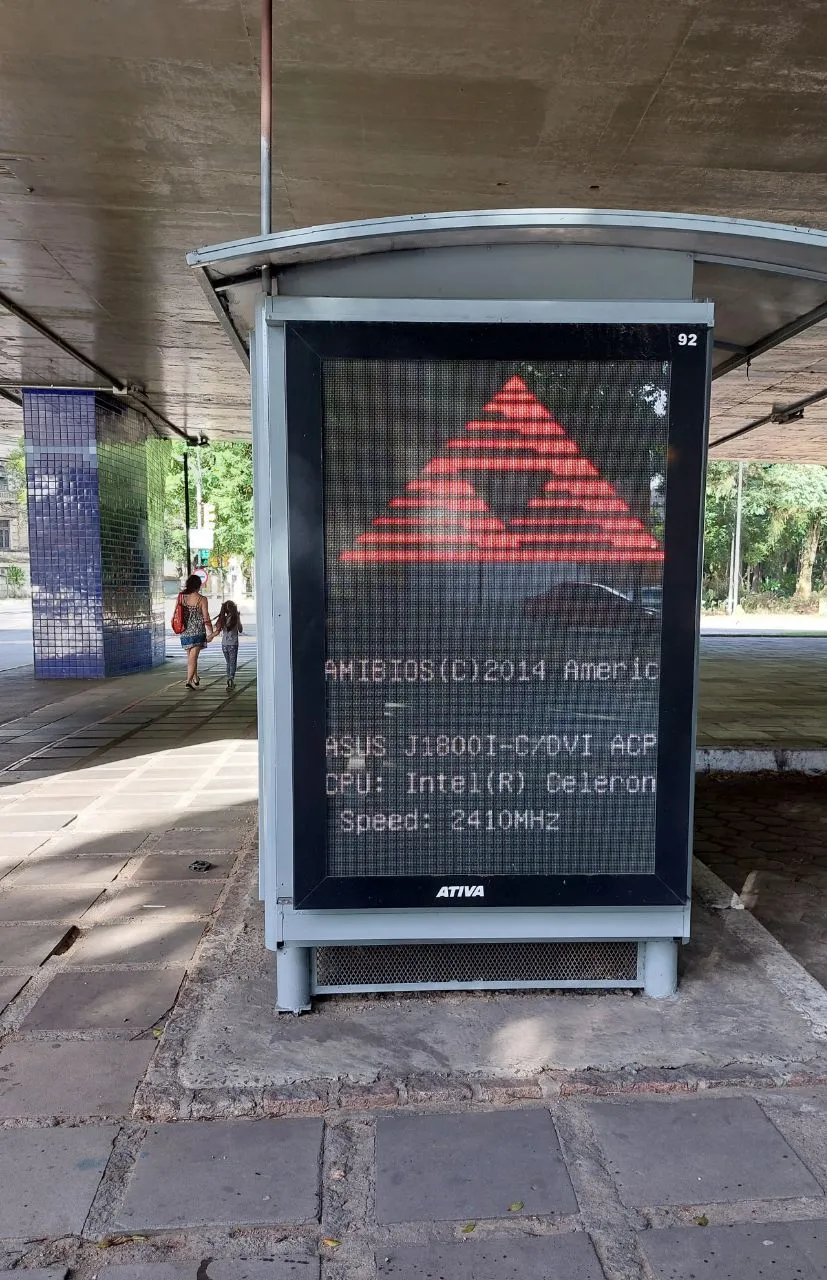I’m not sure I know what you mean by diagnosing, but it’s usually a good idea to use the same distro you’re having trouble with.
Diagnosing hardware issues, which doesn’t necessarily need the same distro.
True. And use chroot ;) then you can apt update, etc. If the problem is on the distro itself (e.g. not a failing hard drive)
Look no more, use this! https://www.system-rescue.org/System-tools/
Aaah glad they’re still kicking! This sends me way back…, a time when burning CDs was the thing
How did I not see this until now? I used this back in the day too! Thank you :)
Adding on to other suggestions, if you’re not aware of Ventoy it’s a very handy tool. Using it you can have a USB drive with several live images on it which you can choose at boot time. Great for quick testing, just drop an ISO in a folder!
Unfortunately I believe the usb has to be created from Windows…
What makes you think that? Their website has instructions for installation via a Linux box. https://www.ventoy.net/en/doc_start.html
I’d go with a live image of whatever distro you’re most familiar with. I usually go with the arch iso or endeavor os if I need a GUI.
Well arch is one psrticulair i would not keep on a USB. The issue comes when you need to use it after some months. And it is then very outdated
I’ve been using Knoppix for this purpose for like the last 2 decades.
It’s not free but I highly recommend Parted Magic. I’ve been using it since at least 2015.
Seconded for that. Parted Magic is so nice that when they went paid, I ponied up immediately, which is saying something from my cheap ass.
Depends what you’re after, but I’ve always been partial to gparted live.
Me too but I might replace with https://www.system-rescue.org/System-tools/. Gparted live is really hard to customize and doesn’t run as root, makes no sense for a rescue tool. SystemRescue also seems to come with something similar to rEFInd to boot broken systems…
I maintain my own Debian-based live image. It’s a general-purpose desktop, with a good amount of diagnostic/troubleshooting tools. It’s quite easy to build your own using different package lists or default configuration, etc.
I just use debian for my ventoy. But all you really need is a proper partition manager.
https://www.slax.org/ It’s easy, is a full featured desktop, and has persistence on your USB stick.
Cheers, this looks perfect, and I like that it’s got a Debian build, it’s what I’m most familiar with.
I’ve gotten good mileage out of just an Ubuntu live image. If the network is working you can install packages via apt like normal, but they include a lot of the basics already.
depends on what you are looking for. grml and kali are linux distros that focus on diagnosing.
Kali was built out as a penetration testing distro, though it does contain some diagnostic tools.
Not a bad place to start if you’re used to Debian, but it is a rolling release so it may break unexpectedly, or have new bugs introduced with each update.
A persistent USB with just Debian could have all the same tools installed but have a longer support scope on releases so you don’t have to update daily (bleeding edge) which is nice to reduce read/writes to the flash drive it’s on.
That being said, I keep a Kali live image (persistent) but thats becauae its home - my first introduction to Linux was 5 minutes with Red Hat, but aside from a brief intro in highschool, I really started with Linux in Backtrack, offensive security’s predecessor to Kali.
Yes, I have to learn things the hard way lol.
i like finnix a lot
Console ArchLinux every time. Create a USB instance and then load up what you need.
You don’t need a GUI.
You don’t need a GUI.
Thanks for your opinion, but you don’t get to decide what I need. I wanted a simple distro that I was familiar with, so that I could teach it to someone with basic computer knowledge. Teaching how to use a terminal was outside the scope.

I only use ArchLinux for rescue. Fedora is my go-to.
What you mean is that you can’t cope without a gui. That’s different.













